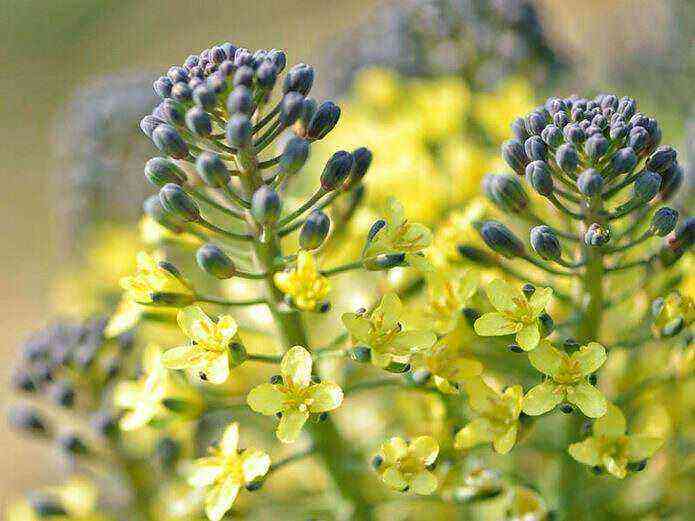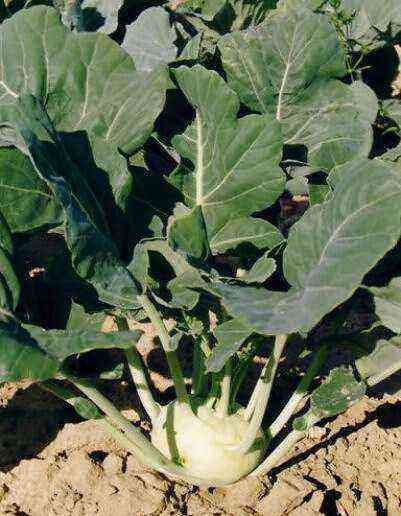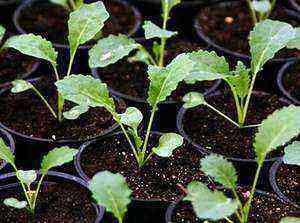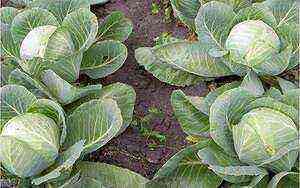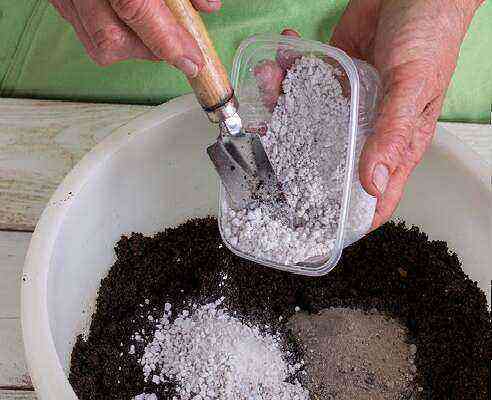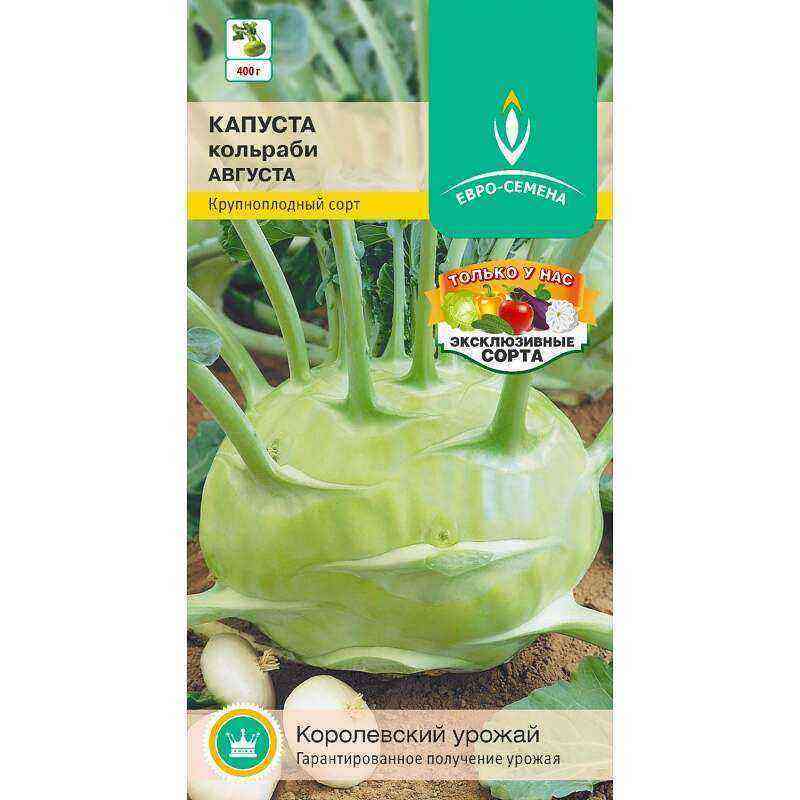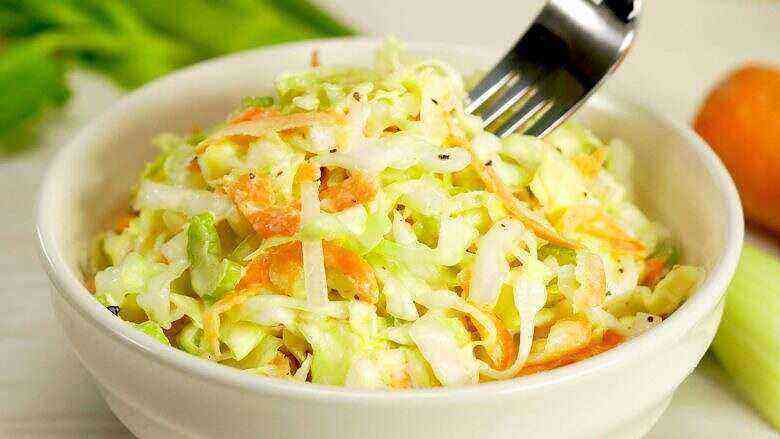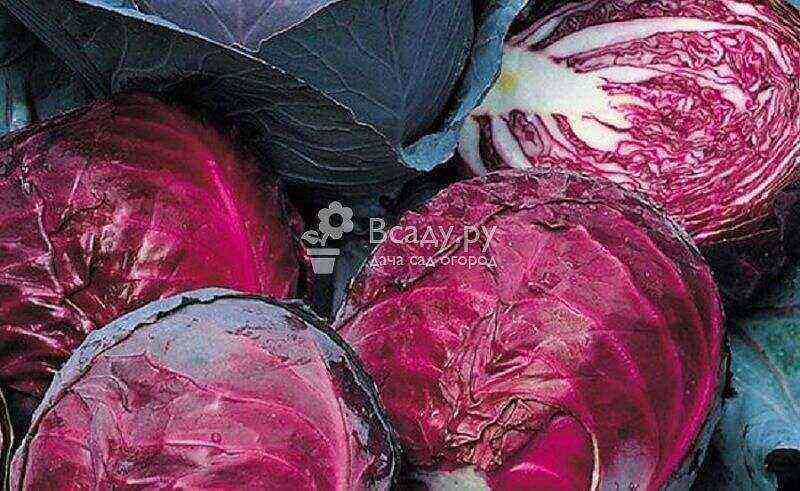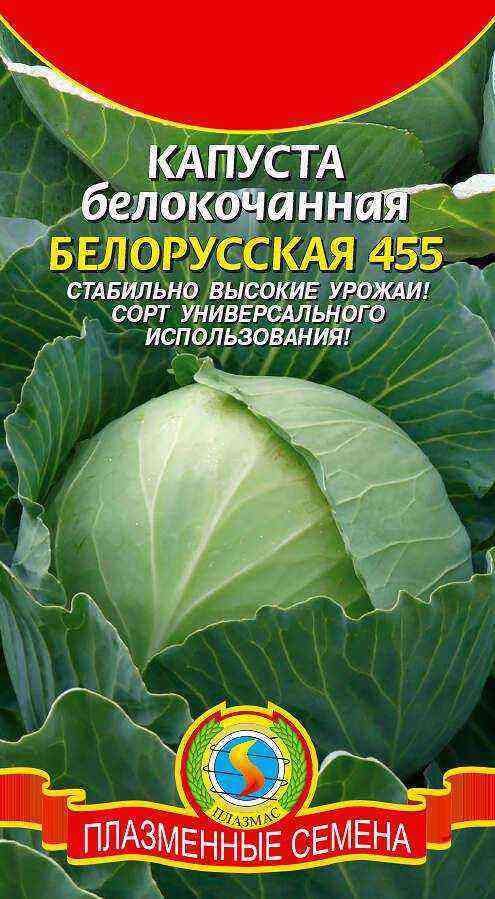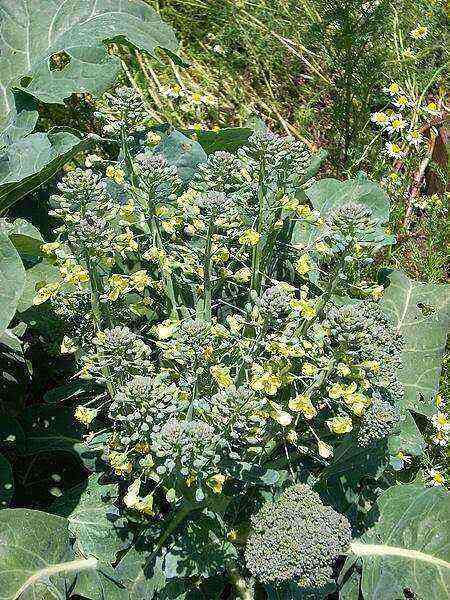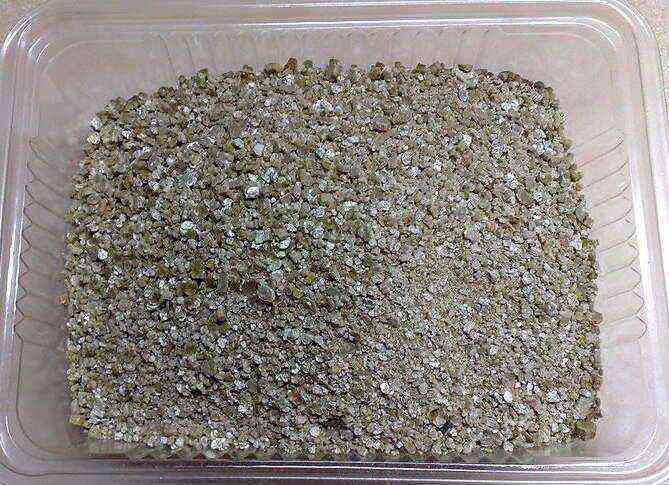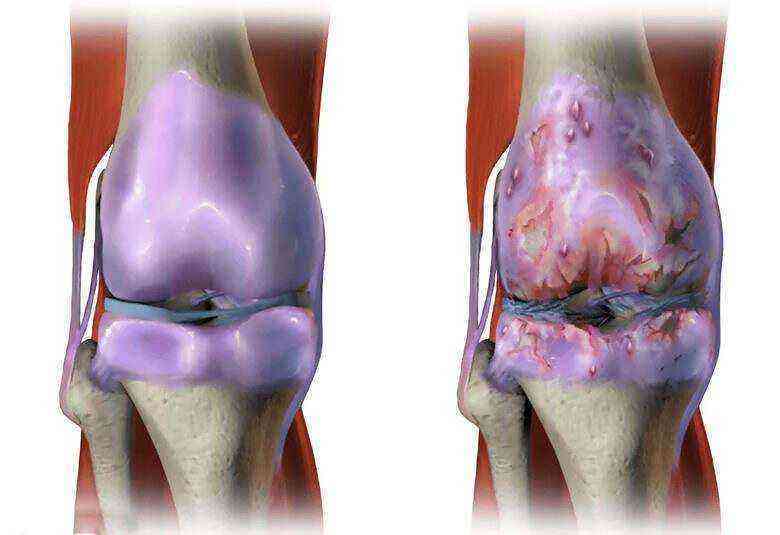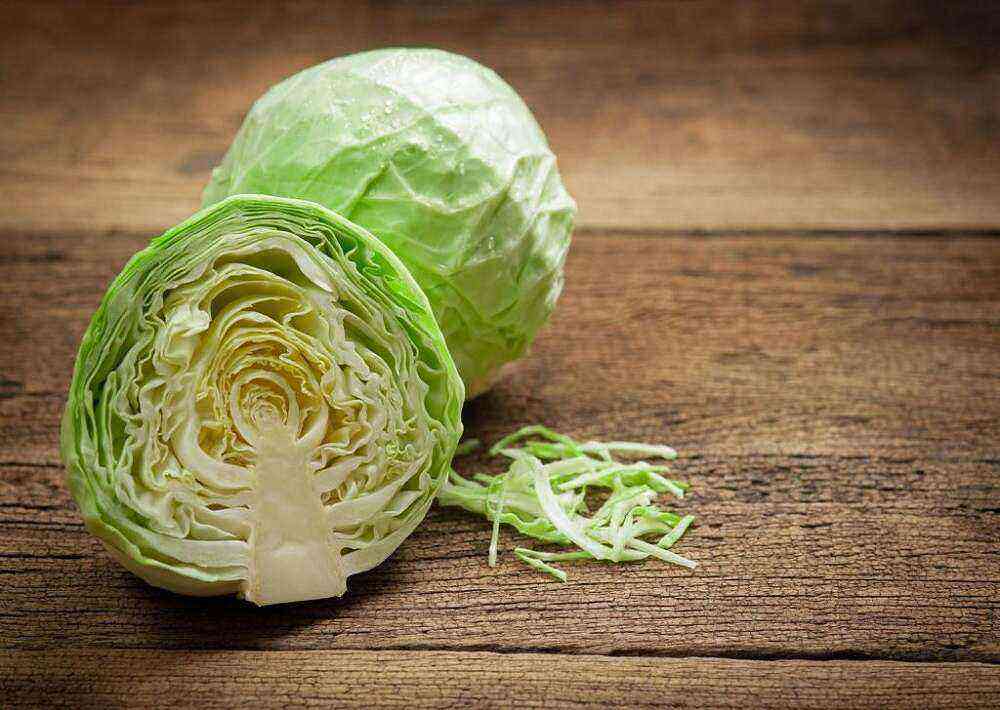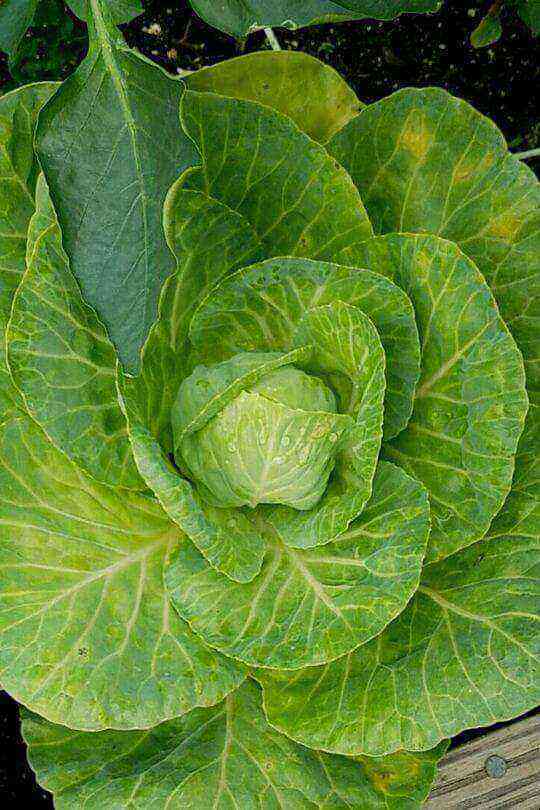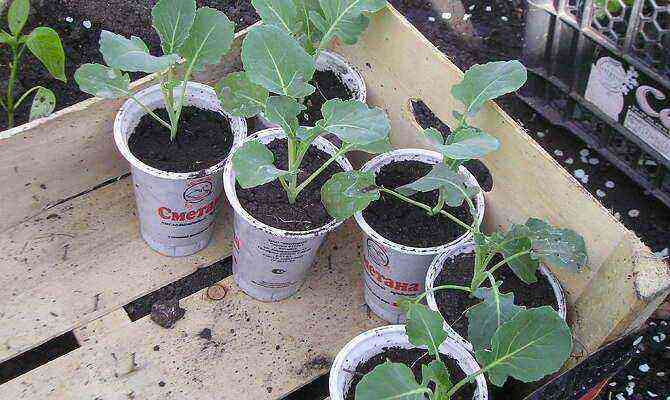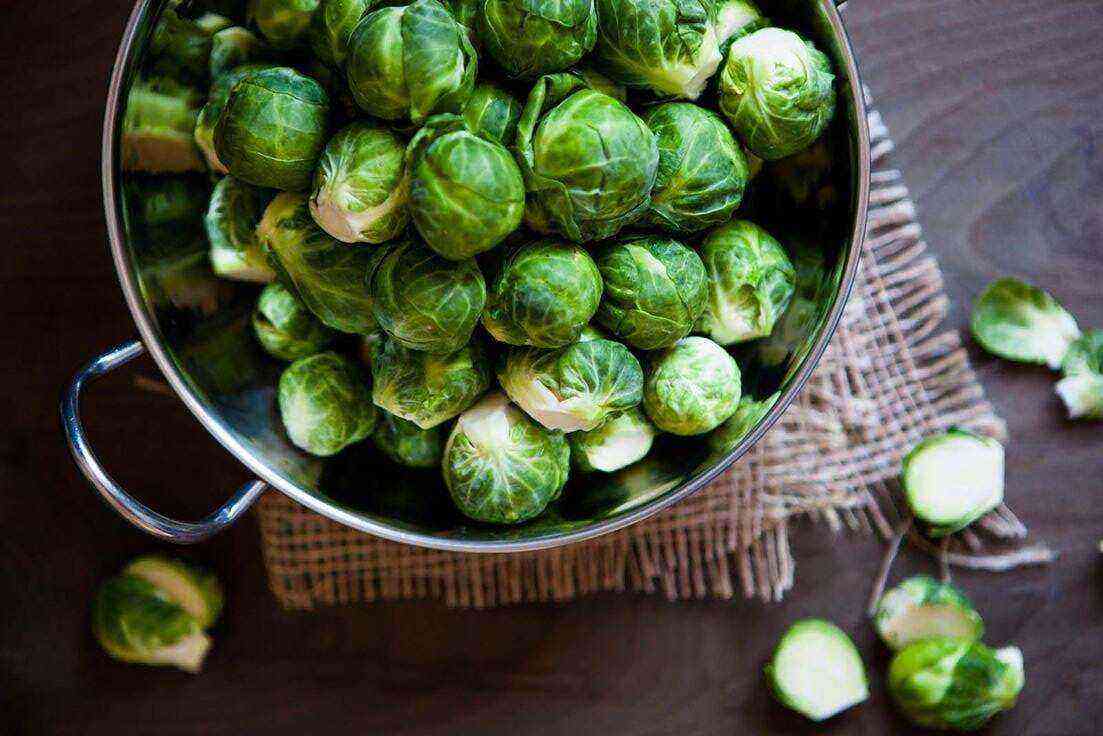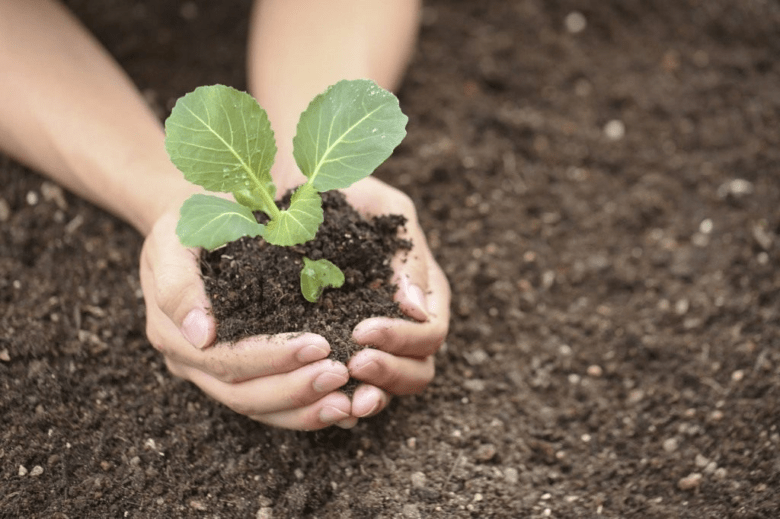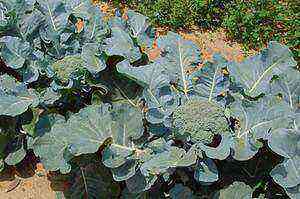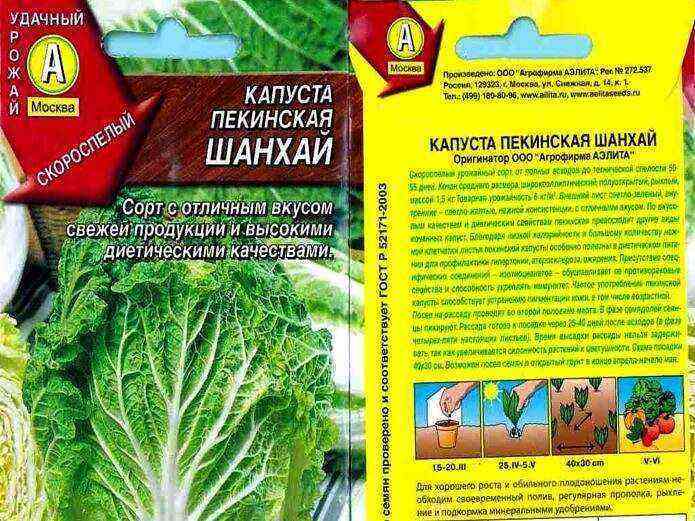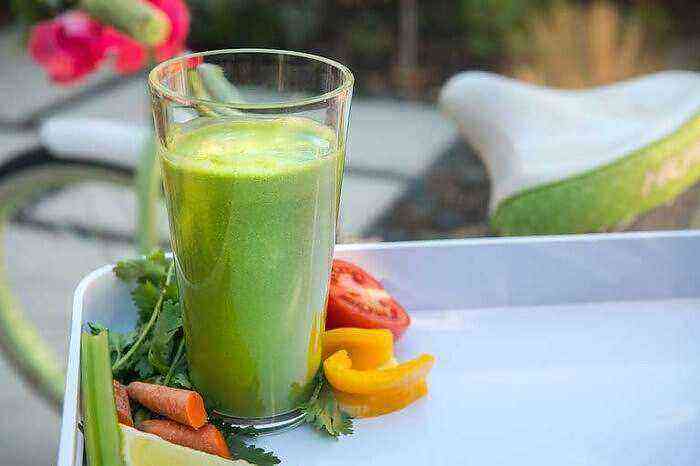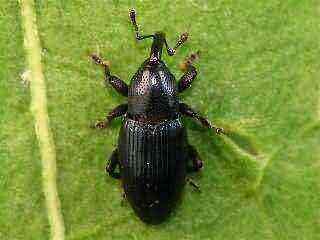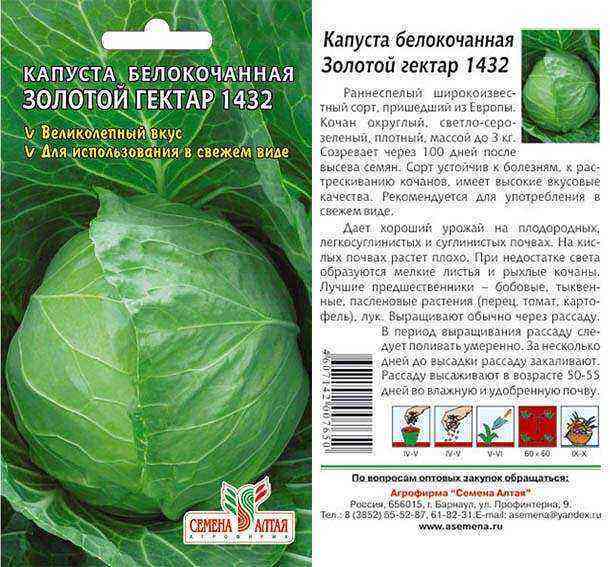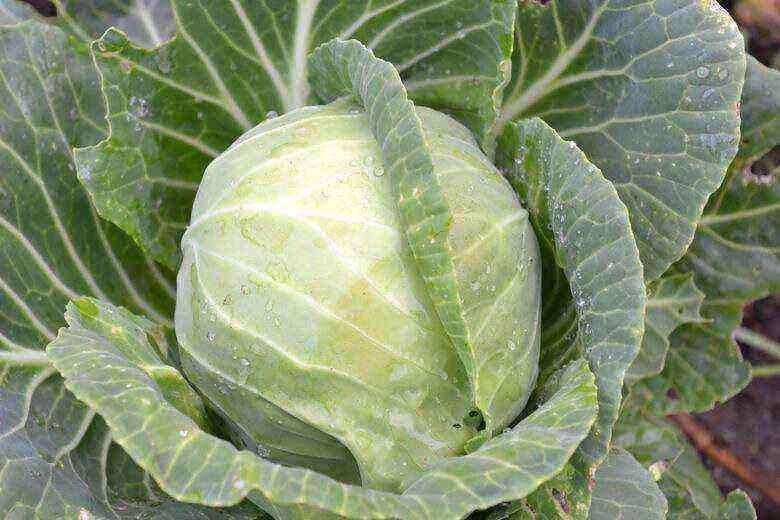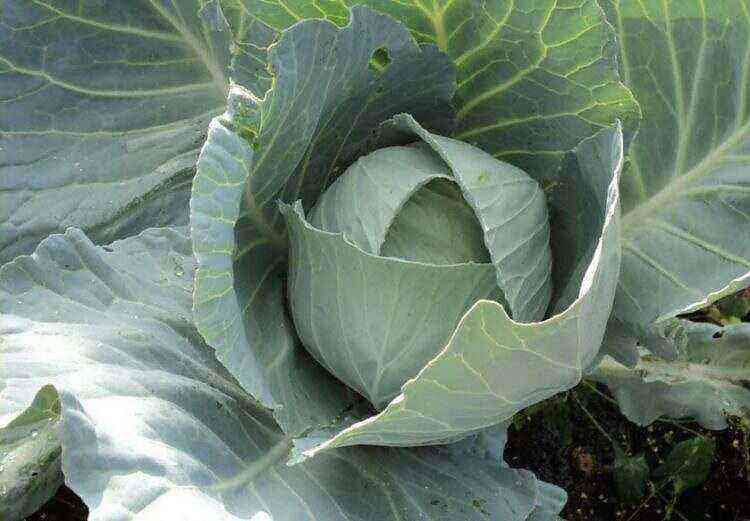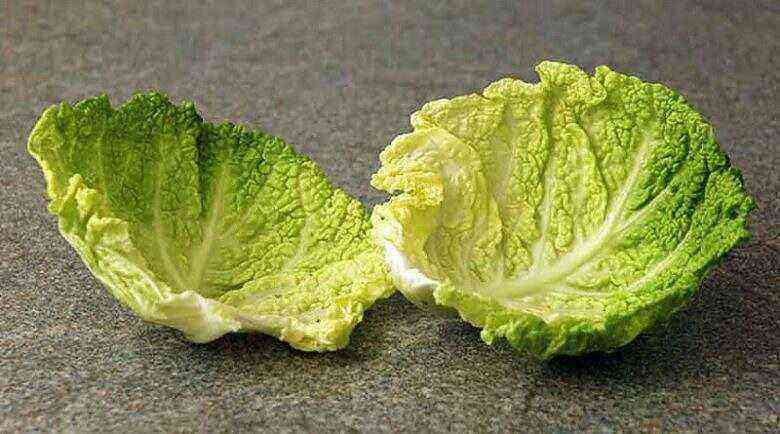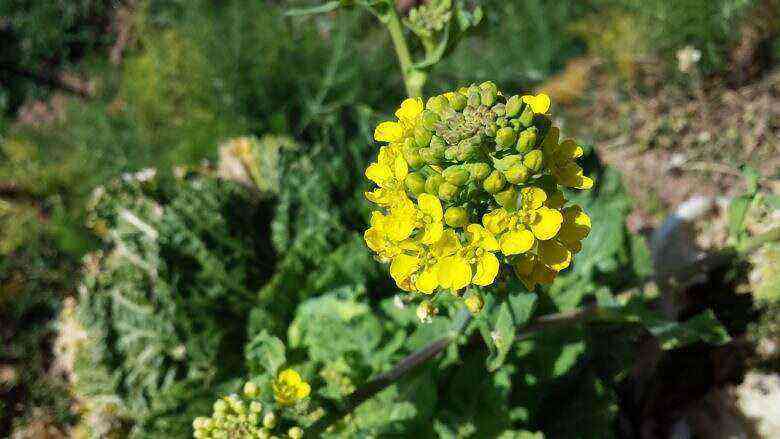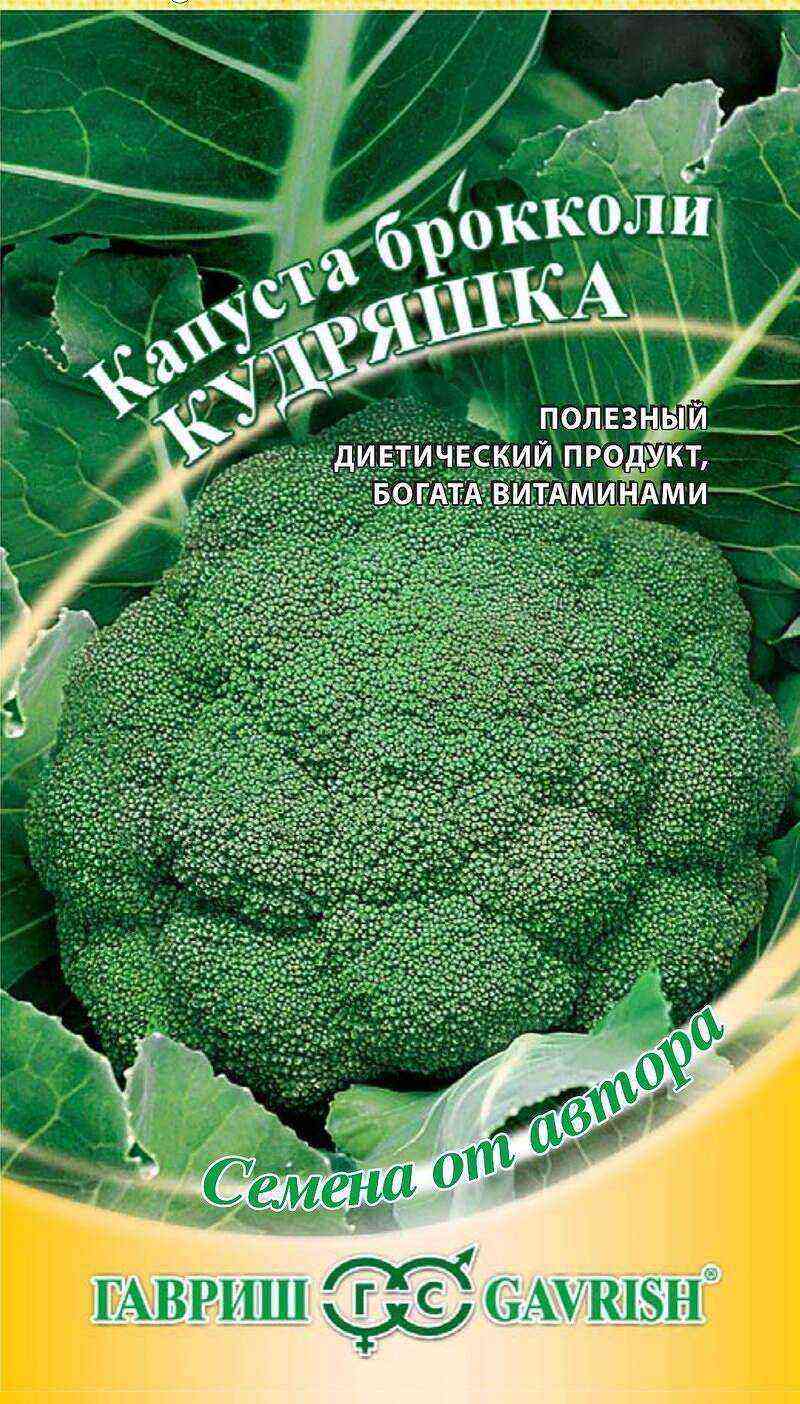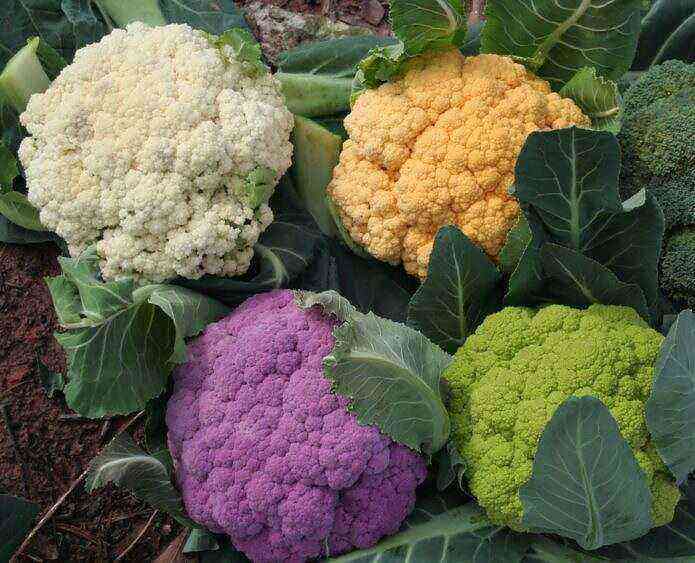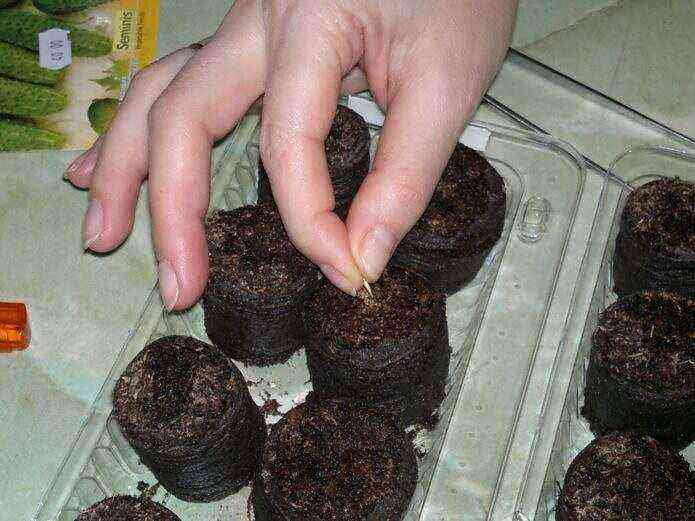In the summer, when there is an abundance of fresh vegetables and fruits, it is worth thinking about how to preserve healthy foods for the winter. In winter, good vegetables are difficult to find, they are expensive, and their taste is not the best. Then frozen plant foods are very helpful. Of course, you can buy them in stores, but it’s better to make wonderful blanks yourself, and then enjoy vitamins all winter.
One such plant that can be frozen for the winter without losing its flavor and shape is cauliflower.
Is it possible to freeze cauliflower for the winter
This wonderful vegetable is just a storehouse of vitamins, biologically useful elements, fiber, essential amino acids. It must be eaten.
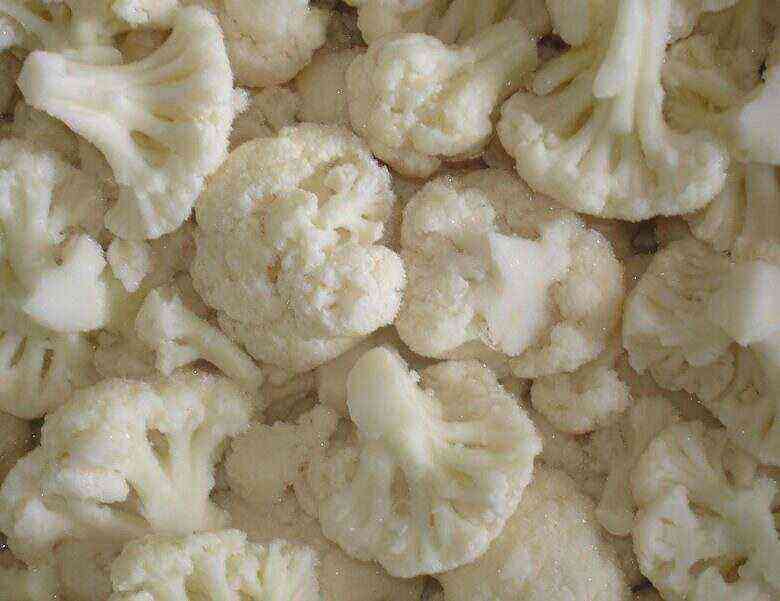
The problem is that it is stored little, and the more it is in the refrigerator, the less vitamins remain in it. Ascorbic acid (vitamin C), which is very rich in this plant, is quickly lost when storing heads of cabbage raw.
On a note! This type of cabbage is generally poorly kept fresh. It should be noted that frozen inflorescences keep up to 80% vitamins, and do not lose their taste and shape.
It is important to properly freeze the crop by choosing the finest, freshest heads of cabbage. The better you choose the heads of cabbage, the tastier and better the frozen product will be.
Choosing cabbage and preparing for freezing
In order for frozen cabbage inflorescences to bring maximum benefit to your body, you need to choose the highest quality heads of cabbage for freezing. Ideally, if the heads of cabbage come from your garden. You can be sure that they are grown without the use of chemicals and various pesticides.
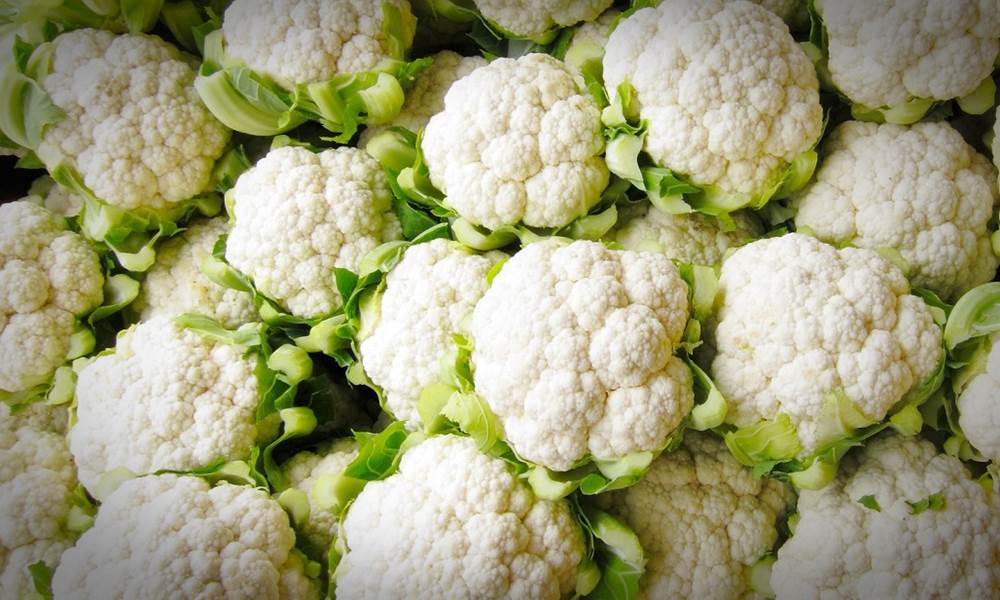
It is advisable to immediately freeze freshly cut inflorescences. The fresher the fruit, the more you retain the maximum amount of vitamins and minerals. The longer the crop lies after cutting, the more nutrients it loses. This is why, for some foods, freezing is much healthier than just storing it on the shelves of the refrigerator.
And who does not have a plot or the opportunity to grow a crop on their own, then you can buy heads of cabbage in the market from summer residents. Fortunately, in summer there is a huge selection, reasonable price.
Pay attention! Heads of cabbage should be white or beige, depending on the variety. The inflorescences should not have black spots, damage, rot.
If there are dark spots on the inflorescences, this is a fungus, it is better not to buy such a vegetable. See how fresh and firm the leaves are around the head. If they are very wilted and darkened, then the crop has been harvested for a long time, it has already lost some of its nutrients.
Advice! Check the heads of cabbage for weight, if the head is too light for its size, then it is not juicy, and the taste will not be the best.
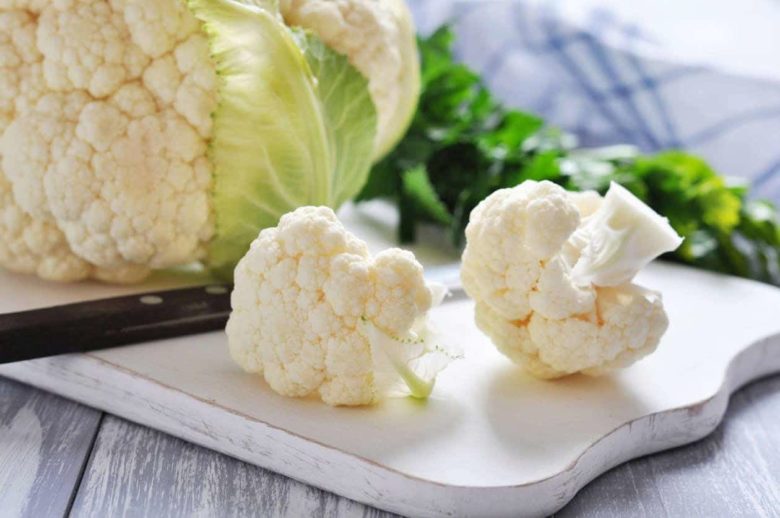
Fresh heads of cabbage should have a pleasant crunch, you can try to break off a piece of the inflorescence, then you can precisely determine how juicy and crunchy it is. Choose dense heads of cabbage with fresh, tight-fitting leaves. Then the taste of the inflorescences will delight you.
- The head of cabbage must be properly prepared before freezing. All the leaves, the base of the stump are cut off from it.
- The head of cabbage is put in cold water for a short time to wash it off from dust and possible insects.
- After washing, they are immersed in cold salt water so that the inflorescences retain their white color and elasticity. Keep the inflorescences covered with salt water for no more than 30 minutes.
- After that, rinse the heads of cabbage with clean water, then leave to drain on a sieve or towel so that later there are no frozen pieces of ice on them.
The cabbage prepared in this way can be frozen in the freezer.
Properly freeze the cabbage
You need to freeze cauliflower so that it retains its excellent taste, structure and maximum vitamins. To do this, you can freeze it. whole, but you can cut on inflorescences… You can freeze it raw or blanch it, or you can freeze it completely, ready to eat.
Fresh
If you have a large harvest, and there is not enough time for processing, you can prepare raw inflorescences for the winter in the freezer. Small heads of cabbage can be frozen whole, large ones are better cut into inflorescences. Heads of cabbage disassembled into inflorescences take up less space on the shelves of the freezer. This is convenient if you have a small freezer compartment.

The pre-washed cabbage is dried, cut into inflorescences, and placed on a tray in one layer. Then, when freezing, the inflorescences will not stick together in a single lump. After the inflorescences freeze a little, they can be folded in bags or containers. Lay out frozen items in portions, so that later it will be convenient to get a portion for one cooking.
On a note! Do not re-freeze defrosted vegetables from the freezer.
Try to remove all air from the bags as much as possible. There is a way to do this most efficiently. Insert a cocktail tube into a small hole in the bag and suck all the air out of the bag. Close the bag tightly.
The next preparation method for freezing that best preserves the flavor of the vegetable is to blanch the cauliflower before freezing.
After blanching
Why is it preferable to blanch cabbage before freezing? The fact is that such processing allows it to be stored longer, while the taste and structure of the fruit does not deteriorate. Blanched buds are tastier when thawed.
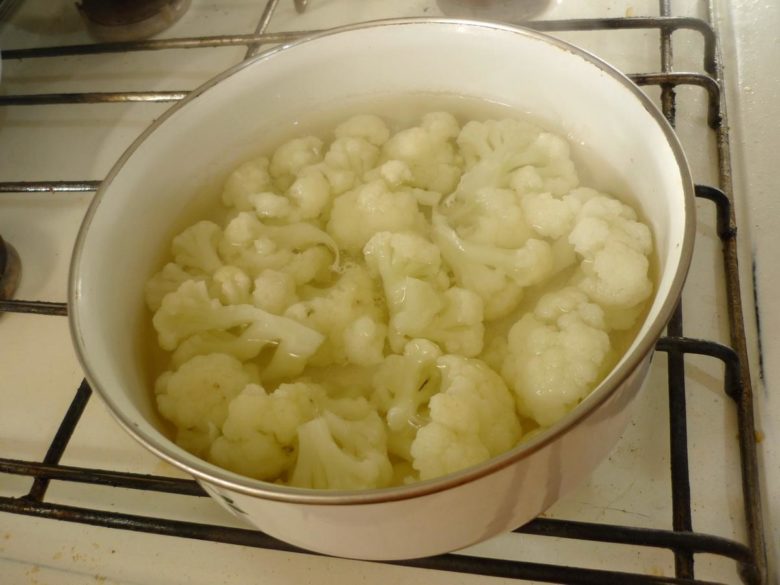
In a fresh vegetable, the rotting process gradually occurs, freezing stops this process, but does not stop it completely. A small heat treatment allows you to completely neutralize this process. All bacteria, bad microorganisms die.
How to properly blanch cauliflower?
- For blanching, you need to take a large saucepan, boil water there.
- Dip the washed, chopped cabbage in small batches in boiling water for just a couple of minutes.
- Put each new batch in water only when the water boils again.
You can blanch differently for freezing – steam vegetables… To do this, they are placed in a colander, placed over a saucepan of boiling water for several minutes, and covered with a lid on top. To prevent the inflorescences from softening, retaining a dense texture, immediately after blanching, the cauliflower is placed in ice water. This stops the cooking process. Then we put it on a sieve so that the moisture of the glass.
After the inflorescences have cooled down and the excess moisture has drained off, freeze them on a pallet. Next, we lay out the inflorescences in bags or containers.
Advice! Label blanched vegetables as they last longer than raw vegetables.
There are times when you need to quickly cook some kind of dish, then semi-finished products help out. You can freeze boiled cauliflower, then you can immediately add it to the dish and cook it quickly.
Boiling in salted water
You can immediately use boiled cabbage in the preparation of various dishes. To do this, add it at the end of cooking.
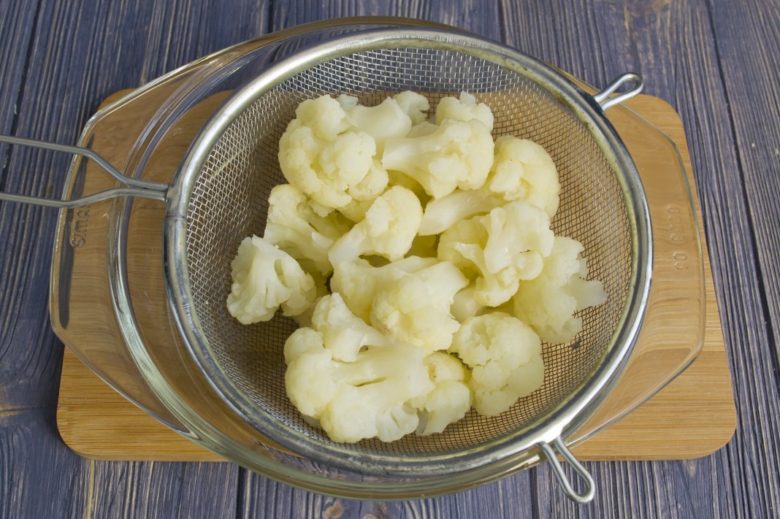
Prepare vegetables for boiling in the same way as for blanching. Only boil in salted water until ready. Salt water to taste, no need to make brine. Also, do not digest the inflorescences, turn them into porridge.
Pay attention! It is enough to boil them for 10 minutes. The cooking time also depends on the size of the pieces. The smaller the inflorescences, the less they need to be boiled.
After the cabbage is ready, to keep its shape, it is immediately placed in ice water for several minutes, and then thrown back in a colander. Then they freeze according to the same principle as blanched:
- We lay out the inflorescences on a pallet in one layer, freeze in the freezer.
- We quickly lay out the workpiece in bags, release the air, and close it tightly.
- We mark the package, put it in the chamber compartment. During cooking, the product is put into dishes without first defrosting.
This cabbage is very healthy, dietary, hypoallergenic. It is introduced into complementary foods for children from infancy. You can prepare it to feed your children yourself.
For baby food
There are many jars of baby food in stores with various vegetable purees.
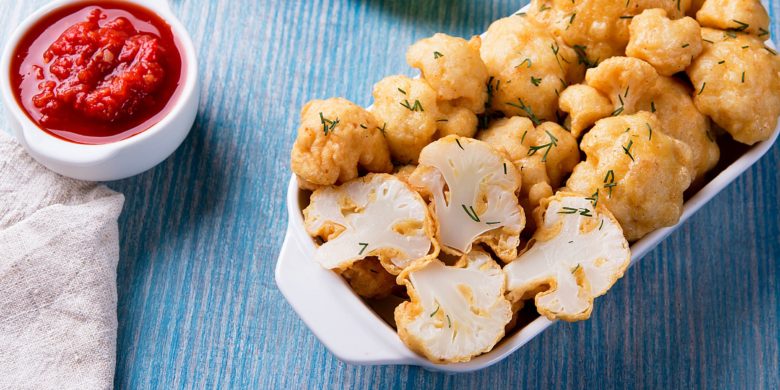
Of course, it is convenient to buy mashed potatoes of this healthy plant in the supermarket, but if you have your own wonderful harvest, you can prepare meals for your children to feed. A frozen blank is perfect for this. For children, it is best to freeze blanched or boiled cabbage. Then make soup, stew, and mashed potatoes with her. It is best to choose young, small heads of cabbage, they have a softer taste.
It is important to rememberthat even in various freezers there are terms, rules for storing vegetables that must be observed.
How to store in the freezer
Great if you own a large professional freezer. It is possible to prepare many different vegetables, and store them for up to a year, but even in the usual freezer compartment of the refrigerator it is possible to freeze many products.
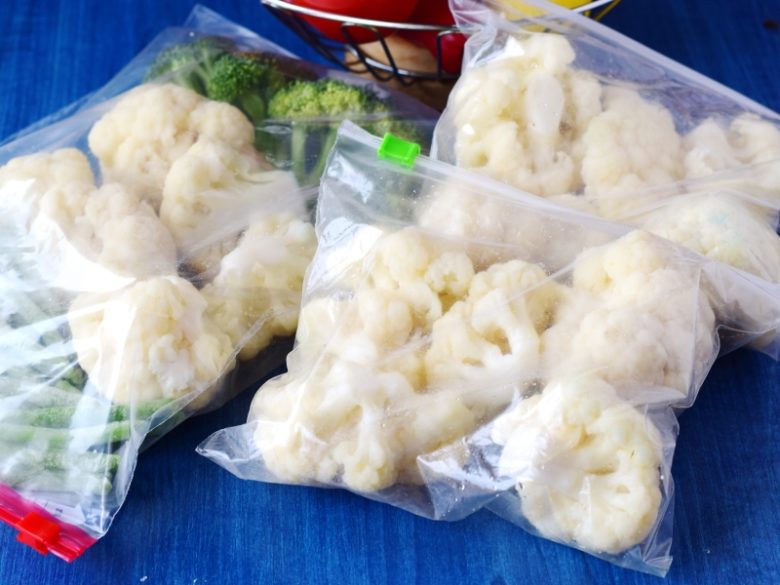
Prepare your freezer before freezing food. It must be clean, all products stored for a long time should be placed separately.
It is important to remember! Vegetable products are not stored in the same compartment with meat, fish, and other animal products. They can absorb the smell of meat or fish and become tasteless.
- Put vegetables in tight bags, try to remove all the air from them.
- The bags must be tightly closed, excess air is harmful to the workpieces, besides, an open bag will lead to winding and darkening of the fruit.
- Conveniently, when packages with vegetables are stacked, there are more blanks on the shelves of the freezer.
- Do not make too large portions; vegetables cannot be re-frozen.
- Do not fill the freezer compartments too tightly. The air in the freezer compartments must circulate freely in order to cool the food well.
- Mark your blanks, write in what form you froze it and the date of the blank. So that later it would be convenient to keep track of the deadlines.
Even frozen vegetables have their own shelf life.
Expiry date of frozen product
The timing at which frozen foods retain their taste and health depends on the temperature at which they are stored. The lower the temperature in the freezer, the longer the shelf life of the product.
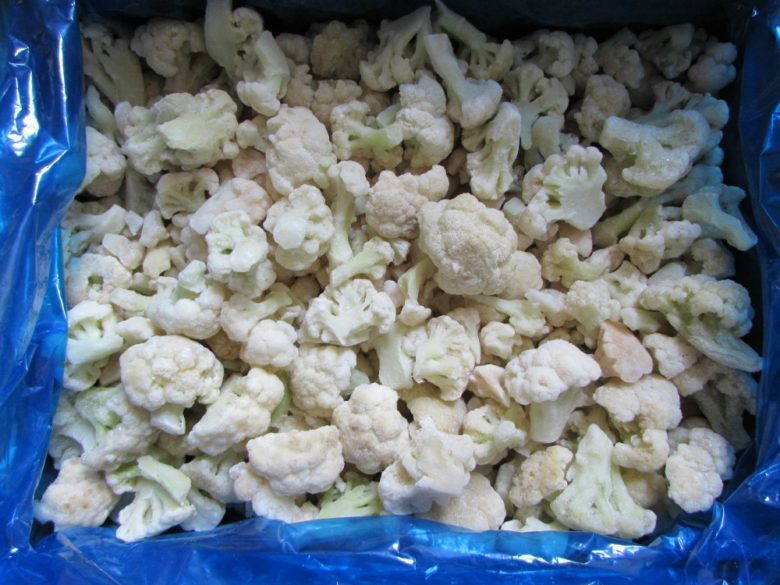
In a practical way, the following periods of permissible shelf life of vegetables at different temperatures in the freezer have been derived:
- up to -6 degrees – no more than two weeks;
- up to -12 degrees – just over a month;
- up to -18 degrees – three months;
- below -18 degrees – for one year.
Such terms were established under the condition of a stable minus temperature in the chamber.
On a note! Sometimes it happens that the cauliflower turns blue or black when frozen. This suggests that the vegetable has been frozen fresh and has been stored for too long. You should not eat cabbage of this color. If you want it to stay in the freezer longer, blanch the inflorescences.
It is impossible for the workpieces to be thawed if the electricity is suddenly cut off for a long time, and then they are frozen again. Correctly frozen cauliflower can be stored well for a year at temperatures below -18 ° C.
Conclusion
Freezing cauliflower blooms is a great way to preserve the vegetable. This is a great opportunity to enjoy a delicious, vitamin product throughout autumn and winter. A huge number of dishes can be prepared from frozen cabbage, while the taste and quality of the vegetable will not be affected, and vitamins are best preserved when frozen. Knowing how useful this cabbage is, it is necessary to eat it for adults and children.

